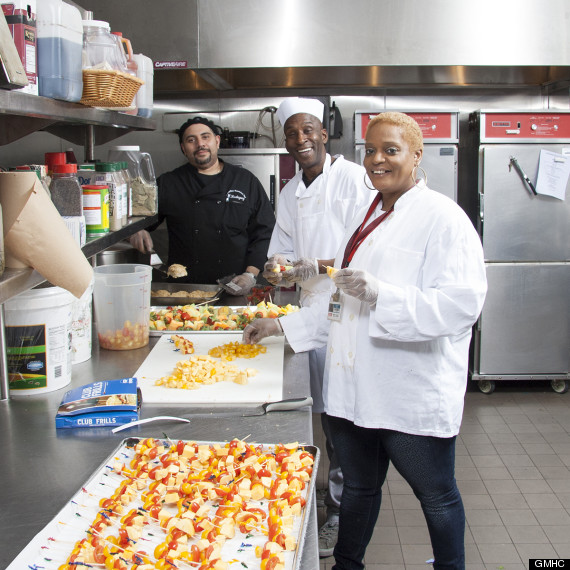 I have never known a world without AIDS -- and I am certainly not alone.
I have never known a world without AIDS -- and I am certainly not alone.My generation, and those to come, could live with the risk of HIV infection our entire lives. Many of us were just toddlers when, in 1981, GMHC was taking its own first steps. Others were not even born yet. Although we did not experience those early years of the epidemic firsthand, we can still make strides to become better informed and more empowered to join the fight against AIDS.
As a development officer at GMHC, I have the opportunity to spread the word about our advocacy efforts, fundraising events, direct care services, nutrition and wellness programs, and innovative prevention initiatives. Yet apathy remains and ignorance persists. This is why it is incumbent upon those of us already devoted to ending AIDS to recommit ourselves and embolden a new generation of AIDS advocates, leaders and philanthropists into action.
I have helped to form the Millennium Committee, a new initiative that seeks to build an active and diverse network of young New Yorkers committed to our agency and its mission. We are a group of GMHC Board and staff members, entrepreneurs, business professionals, and even the nephew of GMHC's first paid executive director. My dedication to this cause began not long after I moved to New York, at a time when I was beginning to feel much more comfortable with my sexuality. I navigated the world of sex and dating like it was a happy hunting ground full of sexual triumphs -- and yes, maybe a few disappointments too. The possibility of becoming infected was once so far removed from my consciousness, but was now a stark reality.
For the most part, safer sex practices were never a question. The condoms and lube came out as fast as the clothes came off. But I would be lying if I said that was the case 100 percent of the time. There are plenty of guys who are into unprotected sex and put the pressure on to let it slide "just this once" because, for them, it feels better or even allows for a deeper sense of intimacy. I know firsthand that convincing myself of this was tempting, especially when I was very attracted to someone.
Over the years, I came to know that a few of my close friends are HIV-positive and learning of their struggles has made me realize that disclosing one's HIV-positive status is like coming out all over again. Many of them experienced embarrassment, misunderstanding, stigma and cruelty, even from their closest friends and family members. These relationships brought me closer to the cause. I began participating in AIDS fundraising events and eventually joined the staff at GMHC.
Each day, I interact with people who have made a life-long commitment to battling AIDS. I developed strong bonds with a few individuals who, like GMHC, were literally first in the fight against AIDS. By opening up intergenerational dialogues we can better understand our shared history, harness the motivation we need to inspire young donors into action, and help achieve the goal of an AIDS-Free Generation.
I am in awe of the dedication and generosity of our supporters, and the resolve of those that we serve. Three years ago, when I was the event manager for AIDS Walk New York, I had just such an experience - one that changed my life.
As I stood at the end of the AIDS Walk's 6.2 mile route in Central Park, I noticed an older, slight woman amongst the thousands of people streaming across the finish line. All at once, she lifted her cane triumphantly over her head and began to dance, laugh and weep. She told me she had been HIV-positive for 20 years, was enjoying good health, and would support GMHC for the rest of her life. As we shared a heartfelt embrace I promised to commit myself to the work in her name. And now, as I reflect on eight years of fundraising, I know that my support has had a positive impact on her life and countless others.
I encourage everyone to get involved and help uplift the lives of thousands of our fellow New Yorkers living with and affected by HIV and AIDS.
Please join us at GMHC's spring gala, Savor, on March 21st in New York City.
___________________________________________________________________
Josh Tjaden's article was originally published in The Huffington Post on March 7, 2013.







